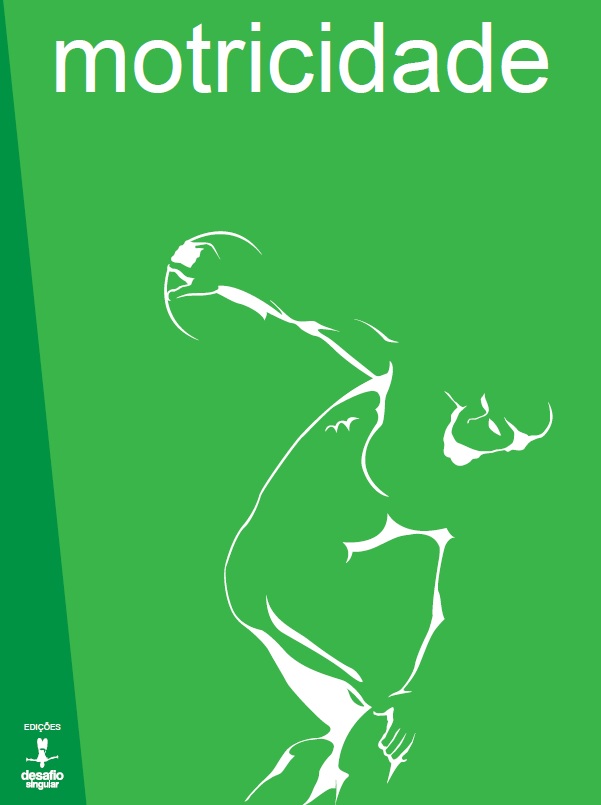Analysis of Perceived Physical and Motor Competence in 10- to 13-year-old Spanish Children
DOI:
https://doi.org/10.6063/motricidade.13679Abstract
It was our objective to analyze the perceived physical and motor competence in 10- to 13-year-old Spanish children, and to validate to the Spanish language and context the questionnaire of Scrabis-Fletcher and Silverman (2010). The perception of competence was analysed in 27 schools of Albacete (Spain), with a total of 389 boys and 391 girls, whose age ranged from 10 to 13 (average=11.08 and SD=0.43). Different analyses were performed, starting with a forward analysis of the items, using graphics and statistics. After this, an internal consistence study was performed, through Cronbach's alpha, using a multilevel package, version 2.3. Finally, the constructs structure was analyzed through a factorial confirmatory analysis (FCA), which used a Lavaan package, version 0.5-11. The consistence was high as a whole (Cronbach's alpha: 0.74). There was a high correlation between all items, even those from different factors. Regarding the analysis of students´ perceived physical and motor competence, the best values were obtained in the perceptions they had about their teachers and classmates, although they had worse values about their own personal experiences. Two questionnaires of 2 and 3 factors, using 7 and 14 items, respectively were established. Therefore, the instrument Perception of Competence in Middle School Physical Education was validated within the Spanish social context. The main practical application is the possibility of using this questionnaire in the PE lessons in Spain to know and increase the perceived physical and motor competence of the children.
Downloads
Published
Issue
Section
License
The authors of submitted manuscripts must transfer the full copyright to Journal Motricidade / Sílabas Didáticas Editions. Granting copyright permission allows the publication and dissemination of the article in printed or electronic formats, and copyrights start at the moment the manuscript is accepted for publication. It also allows Journal Motricidade to use and commercialise the article in terms of licensing, lending or selling its content to indexation/abstracts databases and other entities.
According to the terms of the Creative Commons licence, authors may reproduce a reasonable number of copies for personal or professional purposes, but without any economic gain. SHERPA/RoMEO allows authors to post a final digital copy (post-printing version) of the article on their websites or on their institutions' scientific repository.


